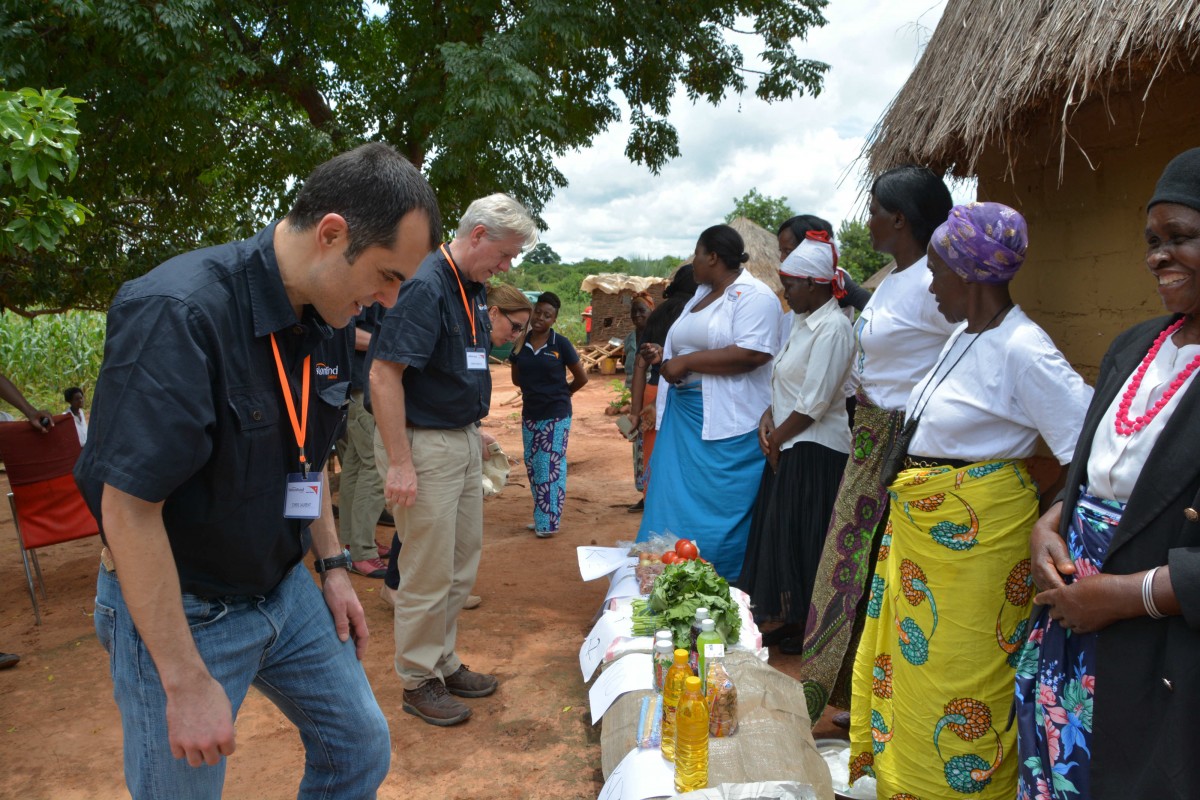 Evidence continues to point towards financial inclusion’s role in helping people move out of poverty, reducing income inequality, and facilitating macroeconomic growth. It will be critical to helping the global community achieve the goal of eradicating poverty by 2030, especially as we strive to reach the places and people where it is most entrenched and the hardest to fight – such as in rural agricultural communities.
Evidence continues to point towards financial inclusion’s role in helping people move out of poverty, reducing income inequality, and facilitating macroeconomic growth. It will be critical to helping the global community achieve the goal of eradicating poverty by 2030, especially as we strive to reach the places and people where it is most entrenched and the hardest to fight – such as in rural agricultural communities.
Rural areas typically have twice as many people living in poverty as urban areas in the same country. Out of the two billion people globally who are financially excluded, one in four work in agriculture. And while more than 70% of people living in poverty around the world are farmers, financial providers are only meeting 3% of their demand for financial services. This makes sense from a for-profit financial provider’s business perspective: rural smallholder farmers are costly to serve as they are spread out geographically and make for high-risk clients with unpredictable incomes subject to extreme weather. It is difficult to sustainably serve these communities, yet it can and must be done if we want every person to be able to realise life in all its fullness. Access to microfinance enables 10-20 million households every year to significantly and positively change their lives.
In recent years, several mission-driven microfinance providers have developed strategies to effectively reach and serve these smallholder farmers. VisionFund is proud to be one of these organisations and to serve 68% of our clients in rural communities around the developing world.
A part of World Vision’s holistic development programmes, we aim to deliver the support and financial services necessary to increase smallholder farmer productivity and sustainability. For example, our THRIVE model addresses the end-to-end business systems of farming, natural resource management like water, and accessing better markets and pricing. Financial inclusion is embedded in this model as farmers can access credit to finance the crop inputs and receive financial education to manage those funds safely.
In order to overcome the operational sustainability barriers to serving rural areas, VisionFund is scaling our microfinance institutions and implementing technology solutions like mobile and tablet banking to increase convenience and reduce costs. We are creatively implementing risk management practices and developing recovery lending tools to help farmers more quickly bounce back from natural disasters. Integrated programmes like THRIVE that work with large groups of farmers not only benefit our clients, but also us as a services provider by reducing costs and risks in such rural areas.
Integrating microfinance across community development models like this produces results: THRIVE communities in Tanzania have seen incomes increase by well over 100% in just the first crop cycles. Based on the success of this pilot, we are now scaling and rolling it out in Zambia, Malawi and Mali. We are also continuing to test other smallholder farmer models, such as our pilot in Mali with our partner Water4. This project will test a sustainable microcredit funding model for hand-drilled wells as well as irrigation for productive agricultural purposes for rural smallholder farmers.
VisionFund values partnership. Just as we are increasing our integration with other programmes within World Vision, we are developing and supporting industry partnerships to better reach and service smallholder farmers. Last month saw the launch of Propagate: a Coalition of Smallholder Finance Practitioners that includes VisionFund and Agora Microfinance, BRAC, Juhudi Kilimo, One Acre Fund and Opportunity International, all innovative organisations focused on serving farmers.
We look forward to working with our Propagate Coalition partners to influence and support the delivery of quality and sustainable financial services, especially to those with the greatest need.
Learn more at http://www.visionfund.org/ and http://www.propagatecoalition.org/


Leave a comment